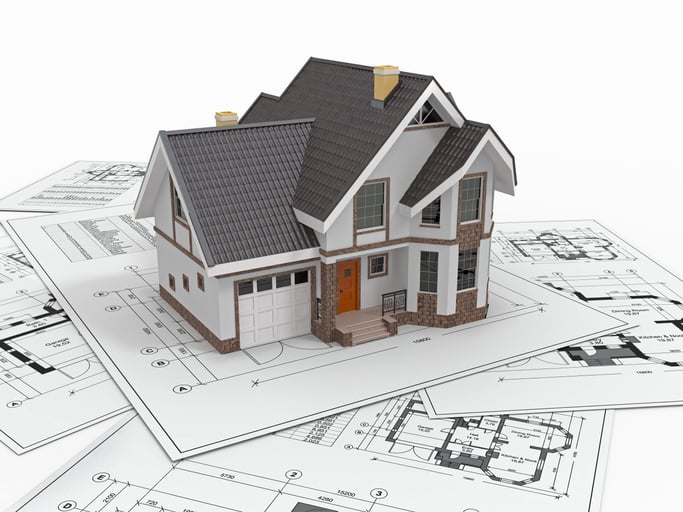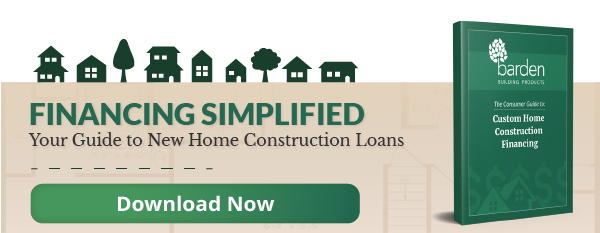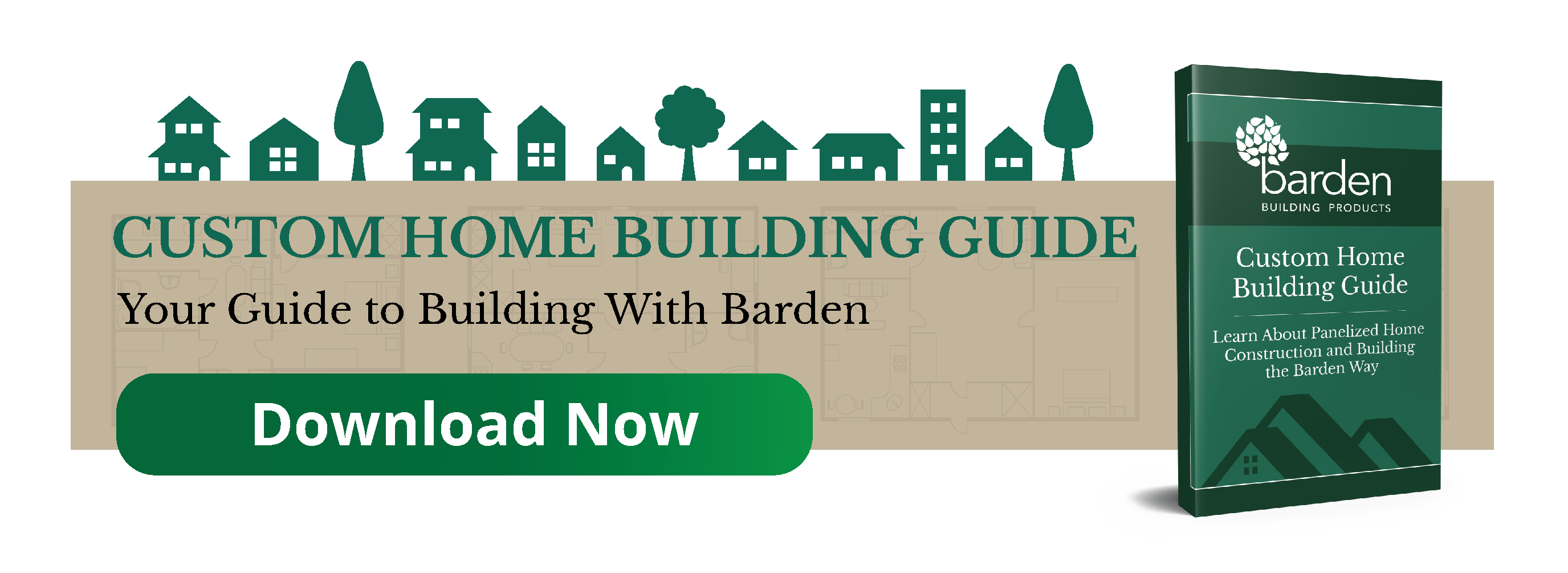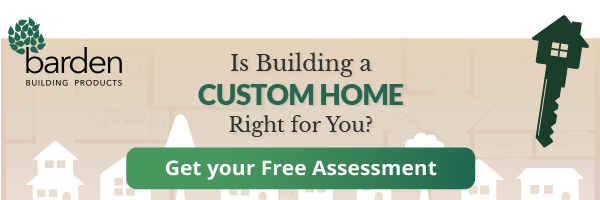
Even if it’s not by much, everyone’s version of the perfect custom home differs.
In almost every case, what separates one custom home from another are the details, no matter how small.
Details matter.
In a custom panelized home project, they mean the most during the design phase.
Creating a Barden custom home’s floor plan isn’t a solo effort. You’ll work closely with a Barden independent dealer or builder through the entire process. During the initial stages, they’ll help you wade through custom home design ideas to create plans that meet and exceed your expectations.
But to get to that point – having a custom home design you absolutely love – there are some base-level details you’ll need to share as you take the first steps toward making your new custom home a reality.
6 “Must” Details to Share for Your Custom Home Design
When it comes to custom panelized home building, we believe there’s no better architect than you. That’s not to say that we expect to see you drawing up detailed blueprints or modifying floor plans with a high level of technical know-how.
Rather, when it comes to designing your custom home, no one knows what you want and what you’re able to commit to better than you.
Before your custom home dealer or builder starts to draft plans, you’ll need to discuss your project’s:
- Budget
- Needs & Wants
- Specialty Material Choices
- Future Use
- Immediate Use
- No-go’s
1. Budget
The most important piece of information that sets the stage for your project, your budget determines everything about your next home.
A new custom-built home is a major investment. What you’re able to spend sets the financial guide rails for what your independent dealer or builder has to work within when designing your home. Perhaps a two-story home isn’t possible with the amount of funding you have available, but a spacious ranch-style house is. Or maybe you’re looking to take a minimalist approach to your home’s design and are looking for just the basics.
Without a clear picture of our finances for your custom home project up front, it’s nearly impossible for your designer to come up with a design that meets your budget on the mark.
Resource: Explore potential custom home financing options and how they work:
2. Needs and Wants
When you picture your perfect home, your design needs are absolutes. They’re the things you simply won’t live without. For instance, the size – or anticipated size – of your family means you’ll need a certain number of bedrooms. Or if there are accessibility concerns, what does the home’s layout look like, and are there specific safety measures that need to be installed (grab bars, railings, etc.)?
Wants, on the other hand, are what would be nice, but you could do without. For the person designing your home, your wants are important to know. While they may not end up in the final plans, they are something the designer can passively work to integrate.
(Our Design and Drafting team always works to accommodate as many of your wants as possible).
3. Specialty Material Choices
Getting a bit more granular with needs, for some future homeowners, including certain materials in their house’s design are a must.
or instance kitchen counters – stone countertops are a specialty item and there are distinct differences between marble and granite versus a Corian or Formica. Or, consider how different species of trees boast different appearances and durabilities for built-in cabinets or hardwood floors.
Resource: Learn about our standard materials.
4. Future Use
The home you design today might not meet your long-term needs. The custom home design trends that are popular now might not either. Both become problematic when the home you’re planning to build is meant to be your forever home or one you plan to be in for a long time.
When thinking about what you’re expecting from your home, consider:
- How long do you expect to live there?
- How many people do you expect to live with?
- How much storage space do you need?
- Do you intend to downsize eventually?
- Will guests be regulars?
- Do you need the ability to expand – e.g. a finished basement, an addition, or mother-in-law suite?
- Do you intend to rent a portion or all of the home out, e.g. duplex?
5. Immediate Use
Custom homes are no small investment. There’s nothing worse than going through the entire process of building a home that’s tailored to you only to find that it doesn’t entirely meet your lifestyle.
Your here and now matters a lot to designing your home. How you plan on living in your house for the short-term future impacts design decisions – maybe you do need a home office or a playroom. That finished basement or mother-in-law suite we mentioned for future use? Perhaps now’s a better time to get that taken care of.
6. No-Go’s
Opposite of needs and wants, no-go’s are what you absolutely don’t want to see in your home. Whether it’s a material choice or layout element, the last thing your custom home designer wants is to include something in your home that you’ll hate.
The High Cost of Missing Details
A custom design home builder or dealer is many things to a project – a consultant, manager, a quality inspector.
However, they are not mindreaders.
Unless you’re comfortable leaving your new home’s design to chance and at the builder or dealer’s discretion, you’ll need to be actively present in the planning process. Without your involvement, those designing your home are left to guess and work from new home design trends and what past clients have done. This opens the doors wide to something being missed and disappointed.
What’s more, though revising floor plans with Barden doesn't cost you any money, it does cost time. Depending on the level of edits and other changes, the back-and-forth on blueprints could push your project timeline back substantially.
Detail Oriented | Custom Home Design
No matter how big or small, custom home design details are one of the most important you’ll discuss during your project.
Coming to the design table prepared to discuss the finer points and overarching elements of your custom home design not only saves you time but helps ensure your custom-built house is one you’ll always fall in love with.
Is a Custom Home Right for You?
Find out now! Take our free, no-obligation assessment:




